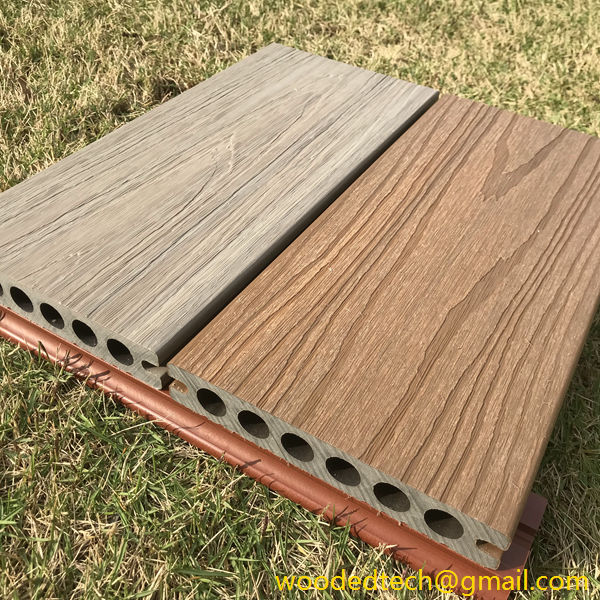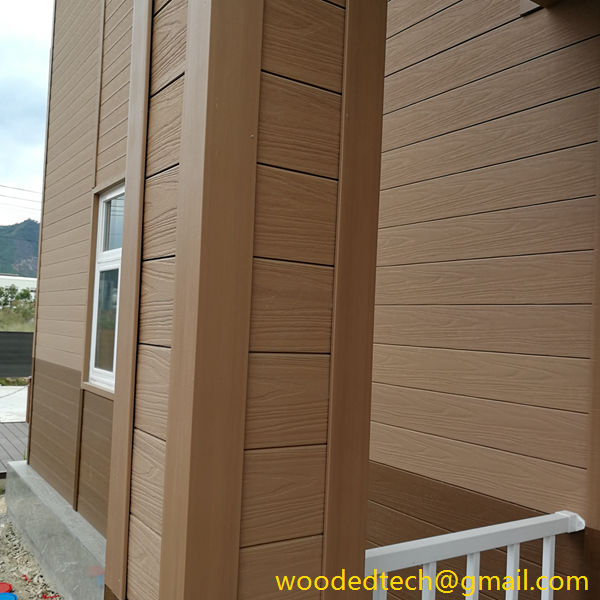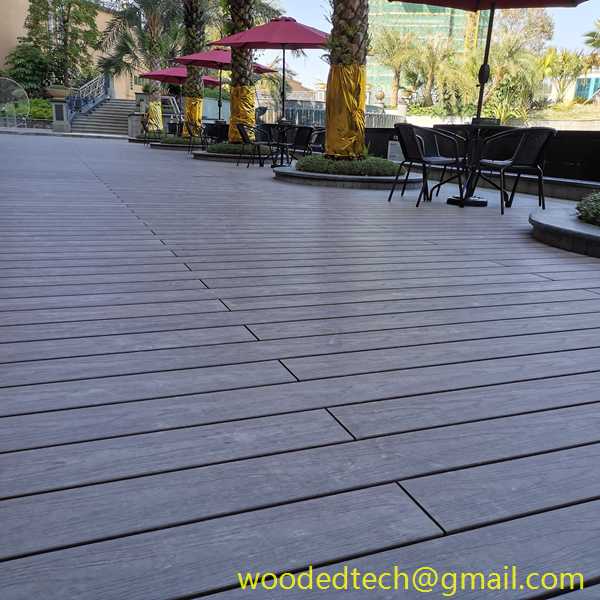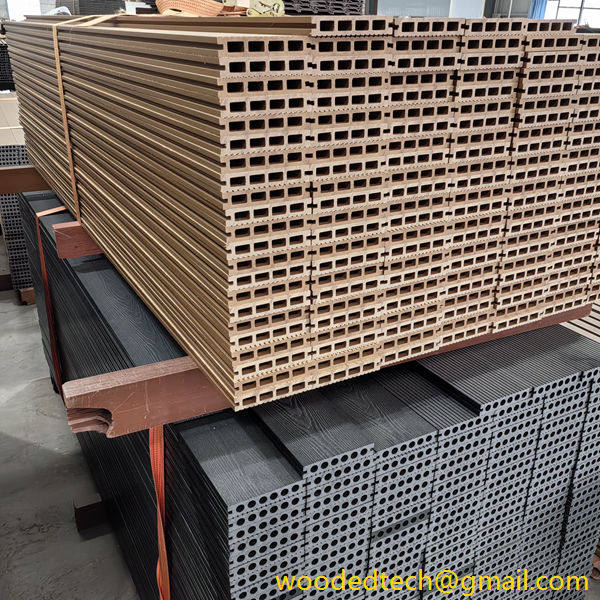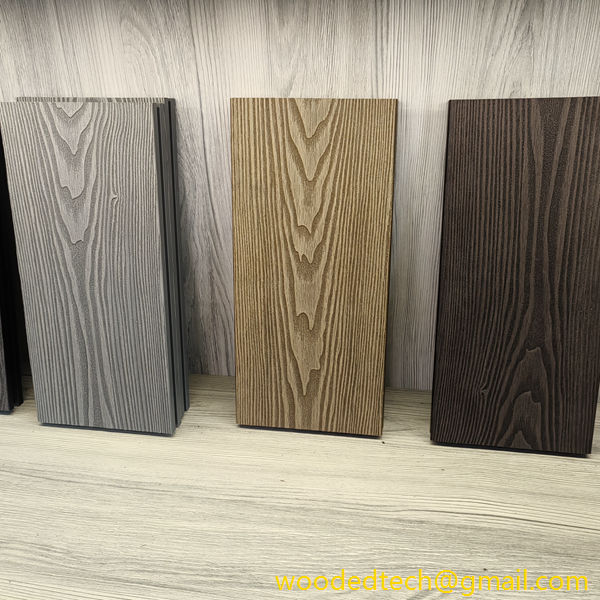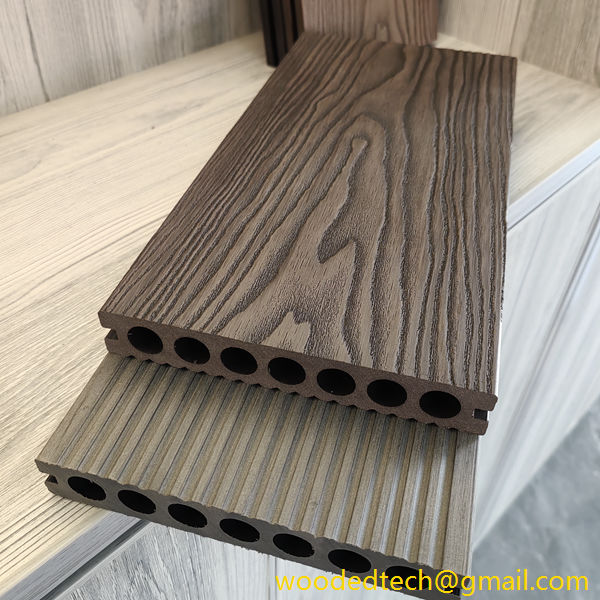Wood Plastic Composite (WPC) flooring has gained significant popularity in recent years due to its unique properties and versatility. However, achieving stability in WPC flooring is crucial for ensuring its longevity and performance. Several factors contribute to the stability of WPC flooring, including material composition, environmental conditions, and manufacturing processes. Understanding these factors can help manufacturers and consumers make informed decisions when selecting and installing WPC flooring.
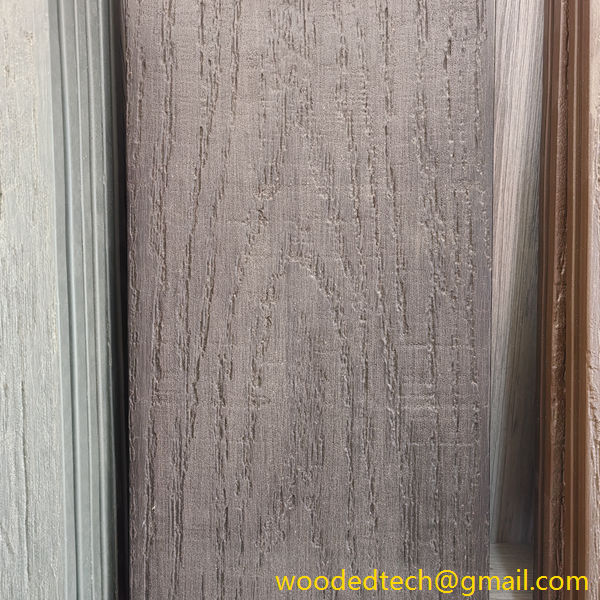
The primary components of WPC flooring are wood fibers and thermoplastics, typically polyethylene or polyvinyl chloride. The ratio of these materials significantly impacts the overall stability of the flooring. A higher percentage of wood fibers can enhance the aesthetic appeal and provide a more natural look. However, excessive wood content can lead to moisture absorption, resulting in warping or swelling over time. Therefore, it is essential to strike a balance between wood and plastic content to ensure optimal performance.
Moisture resistance is a critical factor in the stability of WPC flooring. Unlike traditional hardwood, WPC flooring is engineered to resist moisture, making it suitable for high-humidity environments such as bathrooms and kitchens. The incorporation of additives and protective coatings can enhance moisture resistance, further improving stability. Manufacturers often utilize advanced technologies to treat the surface of WPC flooring, creating a barrier that prevents water infiltration. This treatment not only extends the lifespan of the product but also maintains its appearance and functionality over time.
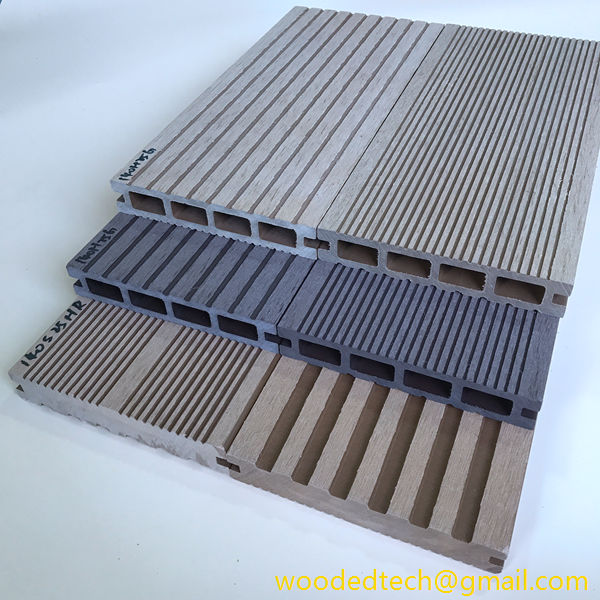 Temperature fluctuations also play a significant role in the stability of WPC flooring. Wood and plastic have different thermal expansion coefficients, which can lead to dimensional changes when exposed to varying temperatures. For example, WPC flooring may expand in hot conditions and contract when temperatures drop. To mitigate this issue, manufacturers often employ specific formulations and additives that enhance thermal stability. Additionally, proper installation techniques, such as leaving expansion gaps, can accommodate these changes, preventing buckling or gaps from forming in the flooring.
Temperature fluctuations also play a significant role in the stability of WPC flooring. Wood and plastic have different thermal expansion coefficients, which can lead to dimensional changes when exposed to varying temperatures. For example, WPC flooring may expand in hot conditions and contract when temperatures drop. To mitigate this issue, manufacturers often employ specific formulations and additives that enhance thermal stability. Additionally, proper installation techniques, such as leaving expansion gaps, can accommodate these changes, preventing buckling or gaps from forming in the flooring.
Another factor influencing the stability of WPC flooring is the quality of the manufacturing process. High-quality production techniques ensure uniformity in material distribution and density, which are vital for maintaining stability. Advanced technologies, such as extrusion and injection molding, allow for better control over the properties of the final product. Consistent quality control measures during production can help identify and address potential defects, resulting in a more stable and durable flooring solution.
UV exposure is another consideration when evaluating the stability of WPC flooring. Prolonged exposure to sunlight can lead to fading and degradation of the material. To combat this, manufacturers often incorporate UV stabilizers into the formulation. These additives help protect the flooring from harmful UV rays, maintaining its color and integrity over time. Consumers should also consider the location of their flooring installation, as areas with direct sunlight may require additional protective measures to ensure the longevity of the product.
The installation process itself can also affect the stability of WPC flooring. Proper subfloor preparation is essential to create a stable foundation for the flooring. Uneven or damp subfloors can lead to issues such as movement or moisture retention, compromising the integrity of the flooring. Additionally, following manufacturer guidelines for acclimatization before installation can help minimize the risk of warping or buckling.
Care and maintenance practices play a vital role in preserving the stability of WPC flooring over time. Regular cleaning and avoidance of harsh chemicals can prevent surface damage and degradation. Furthermore, addressing spills and moisture promptly can help maintain the product’s moisture resistance. By following recommended maintenance practices, consumers can significantly enhance the longevity and performance of their WPC flooring.
In conclusion, the stability of WPC flooring is influenced by various factors, including material composition, moisture resistance, temperature fluctuations, manufacturing quality, UV exposure, installation techniques, and maintenance practices. Each of these elements plays a crucial role in determining the product’s overall performance and longevity. By understanding and considering these factors, both manufacturers and consumers can make informed decisions, ensuring that WPC flooring remains a reliable and attractive choice for various applications. As the demand for sustainable and versatile flooring options continues to grow, WPC flooring is likely to remain a leading choice in the market, provided that these stability factors are adequately addressed.

